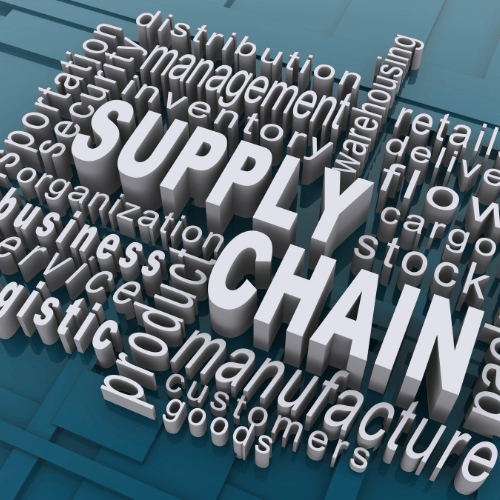Author: Happy Packers and Movers Pvt.Ltd
Date: 08/02/2024 Time: 09:18 AM
In today's fast-paced business environment, supply chain management plays a crucial role in determining the success of a company. Every link in the supply chain contributes to the overall efficiency, and one aspect that often stands out is transhipment. Transshipment, the process of transferring goods from one mode of transportation to another, has long been considered a necessary part of supply chains. However, a revolutionary concept is gaining traction – Zero Transshipment. This approach aims to eliminate the intermediate handling of goods during their journey from origin to destination. In this blog post, we will delve into the advantages of adopting a Zero Transshipment strategy for supply chains, with a focus on its positive impact on efficiency, cost-effectiveness, and customer satisfaction.
Enhanced Efficiency
One of the primary advantages of embracing Zero Transshipment in supply chains is the significant boost in efficiency. Traditional supply chains involve multiple handovers of goods between different modes of transportation, such as from trucks to ships or trains. Each transhipment point introduces the risk of delays, errors, and damages. With a Zero Transshipment strategy, goods move seamlessly from origin to destination without interruptions, minimizing the chances of operational hiccups.
Moreover, Zero Transshipment reduces the overall lead time for products, allowing companies to respond more swiftly to market demands. The streamlined flow of goods ensures that they reach their destination on time, promoting a more efficient and responsive supply chain.
Cost-effectiveness
Cost is a critical factor in supply chain management, and Zero Transshipment offers significant cost-saving advantages. Traditional transhipment processes involve additional handling, storage, and labour costs. By eliminating these intermediate steps, companies can cut down on operational expenses associated with transhipment facilities and labour.
Zero Transshipment also results in reduced inventory carrying costs. Without the need for buffer stocks at transhipment points, companies can maintain lower inventory levels, minimizing holding costs and the risk of obsolete stock. Additionally, the streamlined transportation process reduces fuel consumption, making the overall logistics operation more environmentally friendly and cost-effective.
Improved Product Quality
Transhipment points introduce an inherent risk of damage or deterioration to goods during the handling process. Zero Transshipment mitigates this risk by reducing the number of touchpoints in the supply chain. Goods move directly from the manufacturing facility to the end destination, minimizing the chances of damage or quality degradation.
This reduction in handling not only preserves the quality of products but also enhances the overall customer experience. Companies can deliver products in pristine condition, reinforcing their reputation for reliability and quality. This, in turn, fosters customer loyalty and positive brand perception.
Enhanced Visibility and Control
Zero Transshipment provides greater visibility and control over the entire supply chain. With fewer handovers and touchpoints, companies can more accurately track the movement of goods from start to finish. Real-time data and analytics enable better decision-making, allowing companies to proactively address any potential issues and optimize their supply chain processes.
This increased visibility also benefits customer service. Companies can provide customers with accurate and up-to-date information on the status of their shipments, leading to improved communication and customer satisfaction. The ability to offer precise delivery timelines builds trust and loyalty among customers.
Adaptability to E-commerce Trends
The rise of e-commerce has transformed the landscape of supply chain management. With consumers increasingly expecting faster and more reliable deliveries, traditional supply chain models with multiple transhipment points may struggle to meet these demands. Zero Transshipment aligns seamlessly with the requirements of e-commerce by ensuring a direct and efficient route from the manufacturer to the customer.
By adopting a Zero Transshipment strategy, companies can position themselves as agile and responsive players in the e-commerce market.
The ability to fulfil orders quickly and reliably contributes to customer satisfaction and sets the stage for success in the digital era.
Conclusion
In conclusion, the advantages of Zero Transshipment in supply chains are clear – enhanced efficiency, cost-effectiveness, improved product quality, enhanced visibility and control, and adaptability to e-commerce trends. As companies strive to optimize their supply chain operations in an increasingly competitive and dynamic market, embracing innovative strategies like Zero Transshipment becomes a key differentiator. By streamlining the movement of goods and minimizing unnecessary touchpoints, businesses can create a supply chain that is not only efficient and cost-effective but also capable of meeting the evolving demands of the modern marketplace. As we look to the future, Zero Transshipment stands out as a transformative approach that has the potential to reshape the landscape of supply chain management for the better.



